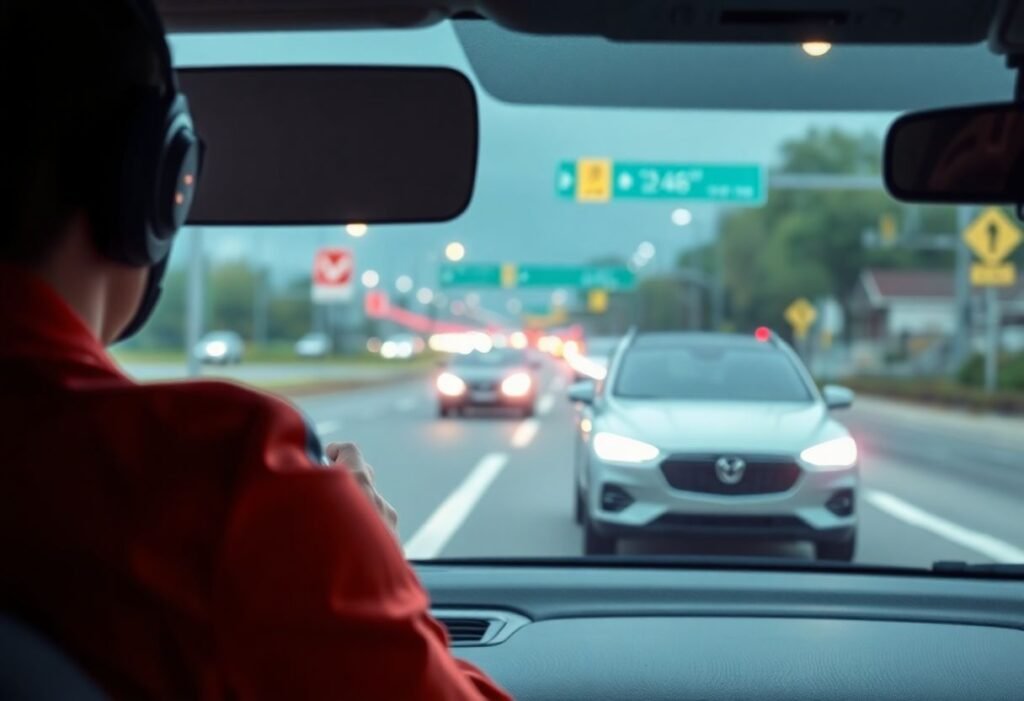Self-driving technology is revolutionizing the automotive industry, significantly enhancing vehicle safety through innovative features that minimize human error and increase operational precision. This transformative innovation is setting new standards in how we perceive vehicle safety and the future of transportation.
Impact of AI on Vehicle Safety
Artificial Intelligence (AI) is at the heart of self-driving technology, enabling vehicles to analyze their environment and make real-time decisions. With advanced machine learning algorithms, autonomous vehicles can process vast amounts of data from sensors and cameras to detect obstacles, pedestrians, and traffic signals. These capabilities enhance the vehicle’s ability to avoid accidents and reduce the severity of collisions, ensuring a safer driving experience. Furthermore, continuous learning from driving patterns allows AI systems to improve over time, adapting to various road conditions and driver behaviors.
Reducing Human Error
Human error is a leading cause of road accidents, accounting for more than 90% of crashes. By implementing self-driving technology, the reliance on human judgment decreases significantly. Vehicles equipped with this technology are programmed to follow traffic rules consistently and remain vigilant at all times, thereby eliminating dangerous human behaviors such as distracted driving, fatigue, and impulsive decision-making. As a result, the integration of autonomous systems can lead to a substantial decline in accident rates, contributing to safer roads for everyone.
Advanced Safety Features in Autonomous Vehicles
Self-driving cars are embedded with an array of advanced safety features such as automatic emergency braking, lane-keeping assist, and adaptive cruise control. These systems work by actively monitoring road conditions and making necessary adjustments to maintain safety. For instance, automatic emergency braking can prevent collisions by detecting an impending crash and applying brakes when the driver fails to react in time. Such features not only protect passengers but also enhance the safety of pedestrians and cyclists around them.
Real-time Data and Communication
Modern self-driving cars are equipped with the capability to communicate with each other and external systems, utilizing the Internet of Things (IoT) to share vital information. This real-time data exchange allows vehicles to respond proactively to road hazards, traffic congestion, and even adverse weather conditions. By harnessing data from connected vehicles, cities can optimize traffic flow and reduce the likelihood of accidents, creating a safer overall environment for drivers and pedestrians alike.
Legislation and Safety Standards
The development of self-driving technology is accompanied by the establishment of rigorous safety regulations and standards. Governments and regulatory bodies are working to create frameworks that ensure the safe integration of autonomous vehicles on public roads. Compliance with these regulations is vital for manufacturers, as they must demonstrate the safety and reliability of their systems through extensive testing and documentation. Establishing clear safety standards fosters public trust and paves the way for broader acceptance of self-driving technology.
The Future of Transportation Safety
Looking ahead, the advancement of self-driving technology promises even greater improvements in vehicle safety. Ongoing research aims to enhance AI algorithms further and integrate innovative safety measures that will revolutionize transportation. As more autonomous vehicles hit the roads, society can expect to see significant reductions in traffic fatalities, improved traffic management systems, and a shift toward a safer, smarter future for mobility. Embracing this innovation not only transforms our travel experiences but also safeguards lives on our roads.
Disclaimer: This article is for informational purposes only and does not constitute legal or professional advice regarding self-driving technology.





















